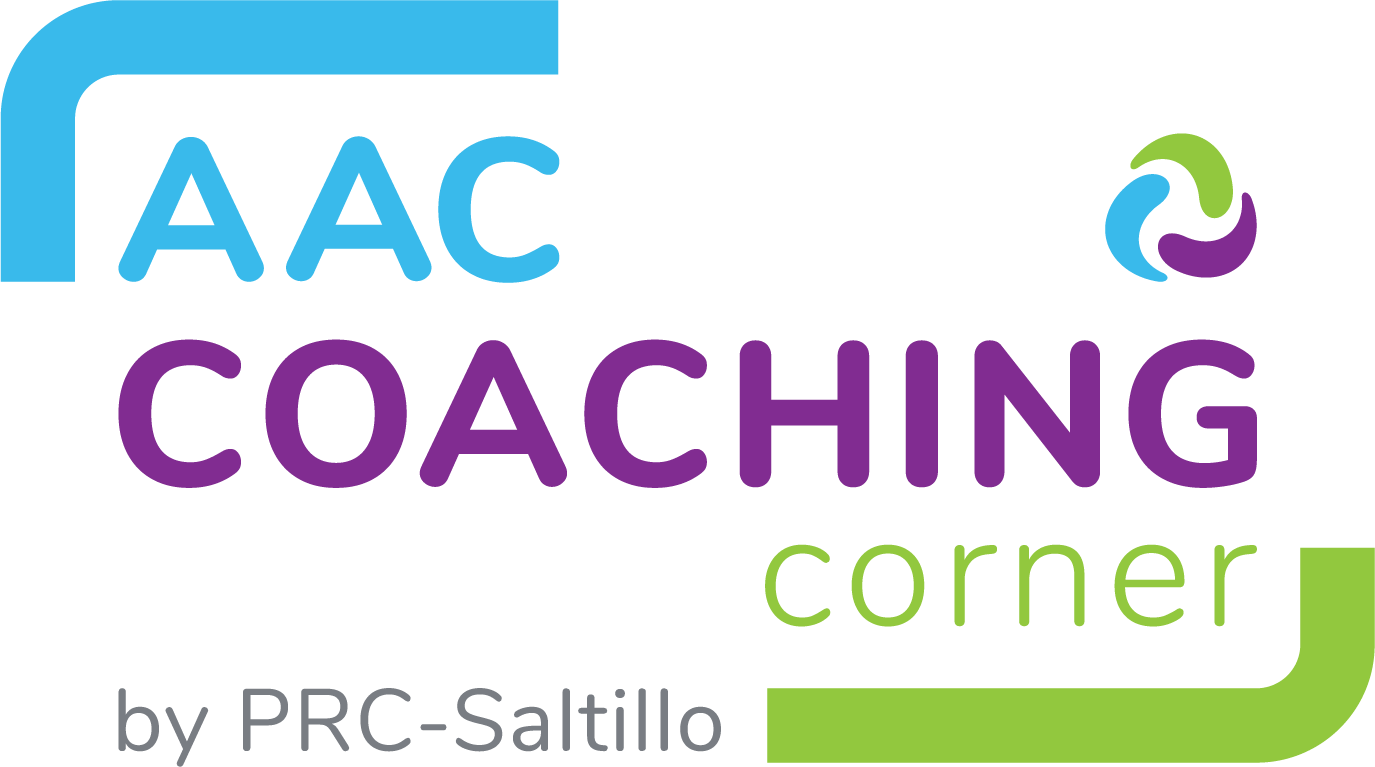Stephanie Taymuree has witnessed huge advances in augmentative and alternative communication (AAC) during her nearly 40 years as a speech-language pathologist (SLP) and special educator, and her implementation of AAC technology in the classroom is unrivaled. But she still finds it thrilling when a student embraces AAC to express a novel thought or idea.
"My very best days are those when an AAC user calls my name and is then able to successfully communicate a message to me about something of which I have no previous knowledge or context," she says. "The happiness and laughter that ensues with those connections is my absolute reward!"
Taymuree teaches 3rd-5th graders at Redwood Heights Elementary School in Oakland, CA. Her students have cerebral palsy, severe verbal apraxia, traumatic brain injury, ASD, and various syndromes that affect speech and language development.
"Our Technology & Augmentative Communication for Learning Enhancement (T.A.C.L.E.) program is a special day class program for students with complex communication needs," she says of the program she was selected to launch in the early 1990s. "My students require multimodal communication strategies, including the use of high-tech speech-generating devices (SGDs), to communicate within their environment and access the academic curriculum."
Modifying the Curriculum for Expression and Engagement
Taymuree works diligently with other school staff members to support her students' success in school. "Some of the students in my program are included in general education classes for academic subjects. Those students generally need modifications to the way curriculum is represented, the way they can express their knowledge, and options of engagement."
Modifying the curriculum presentation for special needs students could include "using enlarged text, having textbooks and grade-level literature read aloud with text highlighting, symbolated text for students who continue to need graphic support, teacher-created Smart Board lessons, or teacher-created Classroom Suite lessons to enhance a concept being taught," she says.
To enable a student to express their knowledge, Taymuree might recommend interfacing a student's SGD with a computer for writing activities, programming specific "fringe vocabulary" into the device for classroom "academic talk," or teaching several non-disabled classmates to facilitate a student's engagement in cooperative learning tasks. Modification of options to engagement could include programming a "script" into a voice-output communication aid or SGD for participation in a skit, game, or shared reading.
Such modifications are essential to successful inclusion, she says, "and require the collaborative effort and planning of the special education teacher, general education teacher, and supporting paraprofessionals. One afternoon each week, we meet to discuss the need for upcoming modifications/adaptations, device programming, accessibility and transportation planning for field trips, social-emotional learning, and friendships, etc."
Integrating Students into the Academic Community
But for Taymuree, full inclusion goes beyond a classroom's walls. "First and foremost, it is essential to develop a school-wide climate of inclusion and responsibility for all students, along with good working/collaborating relationships with the general education teachers and staff. This requires the special education teacher to be a good 'PR' person!
"My students have always been an integral part of the community here at Redwood Heights School," she continues. "I have made certain that their voices are heard in all aspects of our learning environment. My students participate in the Martin Luther King Oratorical each year, delivering speeches at assemblies, participating in plays or in the school music concerts, delivering messages to the office or other classrooms, and so on."
Her biggest challenge in working with young augmented communicators, she says, "is teaching the functional use of their system as initiators of communication rather than simply as respondents. Many children learn to access the vocabulary needed to communicate basic thoughts but continue to remain on the sidelines of social conversation."
Improving the student's "personal narrative skills" is one way she is overcoming that challenge, using an intervention technique she learned years ago when several of her students participated in a study conducted by Dr. Gloria Soto of San Francisco State University.
"The study explored the effects of a specific intervention technique in improving personal narrative skills of children who use AAC," Taymuree recalls. "Using photographs of memorable family events that were emotionally charged, the students were explicitly taught how to initiate a conversation, vocabulary, techniques of circumlocution when the needed vocabulary was not programmed into the device, sentence construction, elaboration, and attaching emotion to a narrative."
Students would use their devices to talk about the event depicted in the photograph, and their story was programmed into their device. They were then encouraged to initiate a conversation with others and share their personal story.
"This has proven to be a highly successful technique in improving the personal narrative skills of students who use AAC," Taymuree says. "It has also proven to be a successful way of helping students initiate conversation with others."
Sharing Success Tips with Other Teachers
In addition to encouraging the sharing of personal stories, Taymuree offers additional suggestions for teachers working with students who use AAC:
- Provide a means to communicate, because every child needs some way to interact with others in his or her environment - eye gaze, gestures, sign language, picture communication systems, voice output aids, or speech generation systems. It is important that families and teachers develop vigilance to the subtleties and nuances of emergent communicators.
- Facilitate motivation by engineering the classroom environment with captivating materials, putting some desired objects just out of reach, creating situations of inequity (such as various proportions of snack foods), creating choices, and planning for emotionally charged situations.
- Always reward the learner by reacting to their communication attempts. Sometimes that requires waiting with anticipation for a response.
- Expectations affect the quality of teaching as well as the behavior of students. Always expect that students can become effective communicators.
- Provide support by assisting families in locating appropriate resources, and eliminate blame (such as "the parents don't follow through!").
- Collaborate with the other professionals involved with the child on instructional goals and teaching strategies. Creating and building an effective multimodal communication system requires understanding of language development, cognitive function, neurological function/dysfunction, etc. It takes a multidisciplinary team to address each issue to develop an appropriate system.
- Reflect and problem-solve. Good teaching is a reflective process which, when thoughtfully and systematically implemented, leads to growth.
Blog















